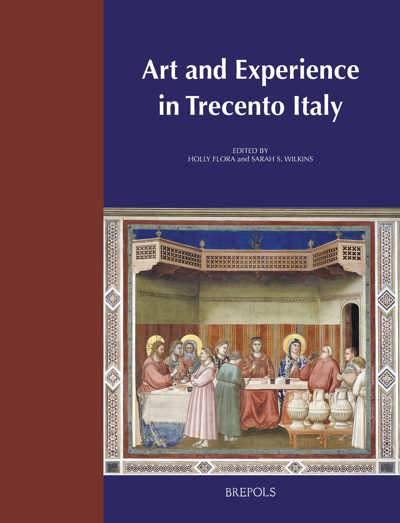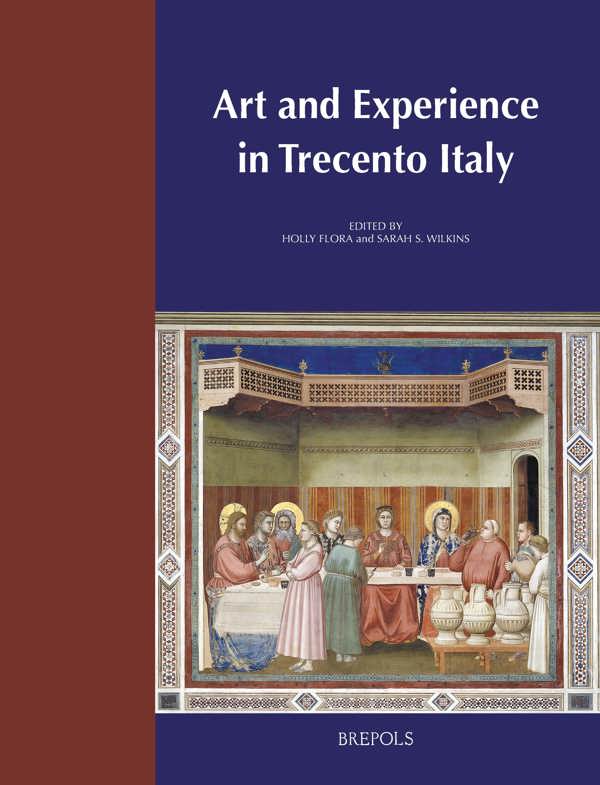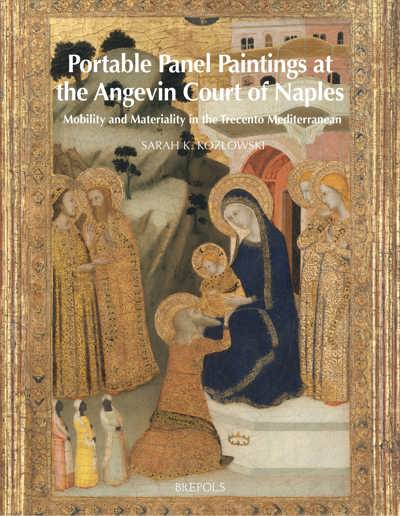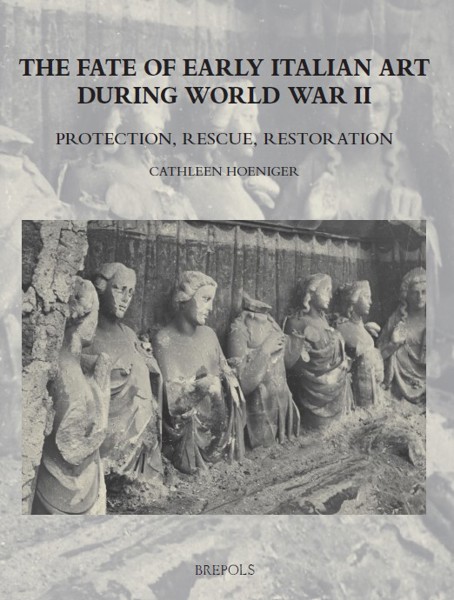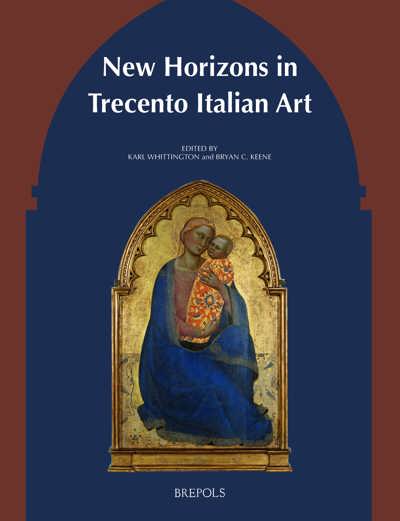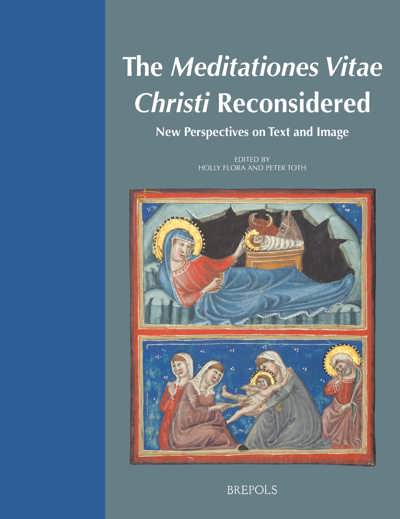
Art and Experience in Trecento Italy
Holly Flora, Sarah Wilkins (eds)
- Pages: 347 p.
- Size:216 x 280 mm
- Illustrations:34 b/w, 146 col.
- Language(s):English
- Publication Year:2019
- € 115,00 EXCL. VAT RETAIL PRICE
- ISBN: 978-2-503-58195-8
- Hardback
- Available
“Like the best gumbo, we are left deeply satisfied, and yearning for more. I could imagine no better tribute to the memory of Andrew Ladis, whose lively spirit and contagious passion for trecento art--and for all things poetic, playful, and artful--has inspired so many scholars in and beyond the field of medieval studies. It will be exciting to read forthcoming volumes of Trecento Forum, which will no doubt have more riches in store for us.” (April Oettinger, in The Medieval Review, 06/06/2019)
Holly Flora is Associate Professor of Art History at Tulane University. Sarah Wilkins is Visiting Assistant Professor of Art History at Pratt Institute.
The age of Giotto, Dante, and Boccaccio, the fourteenth century in Italy, known as the trecento, was a pivotal moment in art history and in European culture. The studies in this volume present new approaches to art in this important but often neglected period of the early Renaissance. Scholars at various stages in their careers discuss a wide range of topics including architecture, materiality, politics, patronage, and devotion, contributing to a new understanding of how art was made and experienced in this nodal century. These papers were originally presented at the Andrew Ladis Trecento Conference held at Tulane University in November of 2016.
Introduction — Holly Flora and Sarah S. Wilkins
Dante and the Moment of Florentine Art — Marvin Trachtenberg
I. Media and Materiality
Networks and Materials: Italian Stained-Glass Windows c. 1280–1400 — Nancy M. Thompson
Studying Drawings of the Italian Trecento — Giada Damen
II. Likeness and Beauty
‘I, Porrina’: A Hyper-Realistic Portrait in the Collegiata of Casole d’Elsa — Laura Jacobus
Beyond Blood: The Crucifixus Dolorosus and the Beauty of Christ — Meredith Raucher Sisson
III. Building and Identity
The Ponte Vecchio as a Public Good: Civic Architecture and Civil Conflict in Trecento Florence — Theresa Flanigan
Roman Versus Gothic in Trecento Architecture — Erik Gustafson
Before Palazzo Medici: Earlier Domestic Traditions Shaping the Renaissance Palace in Florence, 1380–1420 — Lorenzo Vigotti
IV. Artists and Altarpieces
Partisan Politics and Giotto’s Ognissanti Madonna: Making Invisible Allegiances Visible — Jill Harrison
From Giotto to Masaccio and Masolino: Reflections on Two Double-sided Polyptychs in Rome — Damien Cerutti
V. Rivalry and Replication
The ‘Tabernacles’ War’, c. 1367–1377: Civic versus Papal Authority in Popular-Regime Rome — Claudia Bolgia
Simone Martini’s Design of the Prototype for the Patron Saints’ Altarpieces in Siena Cathedral, Inspired by Duccio and Nicola Pisano — Wolfgang Loseries
VI. Space and Experience
Bodies In and Out of Space in Trecento Painting — Karl Whittington
Dissolving the Frame: Phenomenology and Index in Trecento Painting — Michael Grillo
A Trecento Artist and Miraculous Images: Simone di Filippo at Bologna — Jessica N. Richardson
As the World Turns: Revisiting Ambrogio Lorenzetti’s Lost Wheel Map in Siena — Mark Rosen
VII. Connoisseurship and Conservation
Illuminators from Pistoia and Pisa in Trecento Florence: The Case of Two Antiphonary Commissions — Bryan C. Keene
The Painting Techniques of Fourteenth-Century Wall Painting in Northern Italy — Fabio Frezzato
VIII. Preservation and Display
The Camposanto of Pisa in the Wake of World War Two: Loss and Discovery — Cathleen Hoeniger
Some Trecento Objects in the Collection of Stefano Bardini: Additions, Subtractions, and Restorations — Anita F. Moskowitz
In Memoriam: An Address to the Andrew Ladis Trecento Conference, November 12, 2016 — William Underwood Eiland
